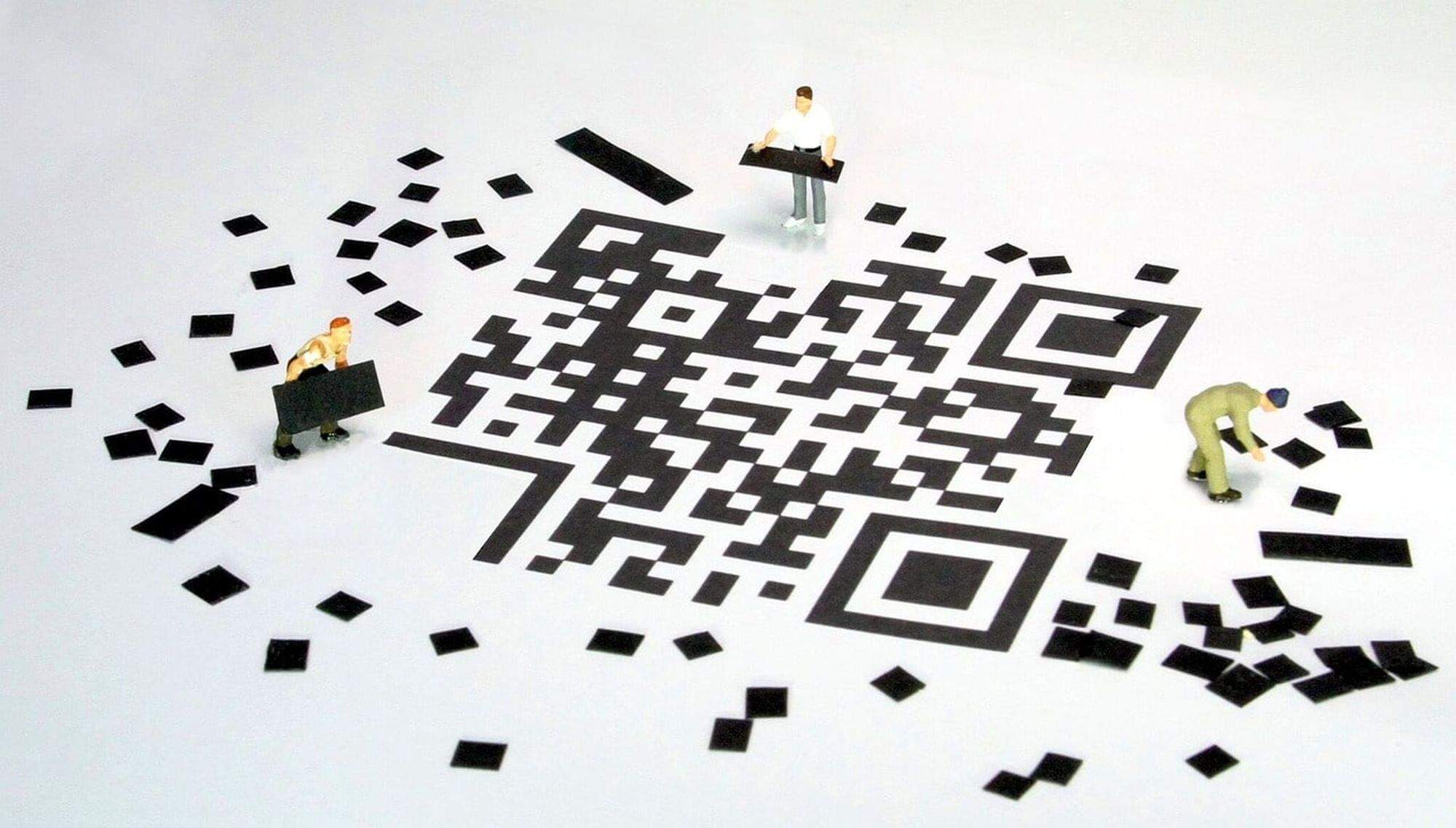The Ultimate Guide to Creating a QR Code Survey
Remind your festival, hotel, restaurant, or conference attendees of their extraordinary experience by surveying them via email, social media, or text. Instead of typing a lengthy URL or forgetting to fill out the survey later, respondents scan your QR code survey link using their mobile devices to access and complete it.
Design the QR Code
QR code surveys are the easiest way to collect feedback from your audience. They’re easy to design and can be included on any physical or digital touchpoint. You can use them on paper receipts, menus, and product packaging to evaluate customer satisfaction and build marketing lists. They can also be added to presentations as an interactive element that allows participants to take the survey with a single scan immediately.
They promote simplicity and encourage higher response rates by eliminating the need for a participant to navigate multiple pages or portals. This convenience motivates respondents to complete the survey more quickly and accurately.
The ability to capture custom data, such as store location or region, allows for more in-depth survey results and reporting. This extra data can help you address specific issues or concerns in your survey and tailor the questions to the individual respondent. Unlike email surveys, QR code surveys can be collected in real-time. Adding them to your restaurant’s receipt or menu lets you evaluate the effectiveness of new products or menu items and make immediate improvements based on feedback. You can also add them to your conference banners to allow attendees to provide feedback on their experience at your event. Afterward, you can follow up with each participant to express appreciation for their time and effort and encourage future participation. When you create a QR code survey, it streamlines the data collection process, providing a user-friendly and efficient way for participants to share their feedback. Generate and share the QR code; respondents can effortlessly scan and access the survey, enhancing accessibility and engagement.
Create the Survey
Collecting customer feedback can be challenging, especially when you need to reach audiences who may need access to digital tools. QR code surveys solve this problem by giving respondents instant access to a survey form – they have to scan it using their smartphone camera. They’re also incredibly versatile and can be used in various materials and locations unsuited to sharing a link via email or social media.
Before designing your survey, determine what your audience wants to know. This will help you formulate the right questions to ask and how best to structure them. For example, you might include multiple-choice or scale-based questions to generate measurable data and open-ended questions that allow respondents to voice their concerns or requests in their own words.
You can also use a QR code survey to collect custom information, such as store location or region, which can then be used to segment and filter your results. This is a great way to get more targeted insights from your data and make better decisions for your business.
Distribute the Survey
Unlike a typical online survey that requires respondents to type in a URL, a QR code survey allows them to access it by simply scanning it with their mobile device. This instant accessibility and convenience help to boost survey response rates. Additionally, incorporating personalization into your survey by using custom questions (addressing participants by name and including context-specific questions) further motivates your audience to play their part.
Sharing a survey via QR code opens up various ways to reach your target audience. It’s easy to share the link through email or social media, but you can embed it on printed materials like posters, pamphlets, and product packaging. QR codes can also be used at events to collect real-time feedback, making it easy for you to take a pulse on your attendees while the experience is still fresh in their minds.
You can also use the custom data option to add information to your survey links, such as respondent ID or store location. This can help you quickly segment and analyze your Delighted feedback results, giving you more actionable insights based on specific regions or demographics. This will provide valuable insights into your future planning and customer relationship strategies. Including a Net Promoter Score question in your survey will be especially useful.
Track the Survey
QR code surveys make collecting feedback on the spot easier while an experience remains fresh. Event-goers, restaurant customers, hotel guests, and even online shoppers can complete a quick survey with one code scan, and you’ll get instant results. The key is to ensure your survey is easy to use and delivers on what you’re trying to achieve. Start with determining what you want to know and formulate your questions accordingly. Multiple-choice or scale-based questions are best for QR code surveys, as they can help you quantify the responses and generate measurable data. If possible, include open-ended questions at the end of your survey to allow participants to share their thoughts in their own words.
It’s also essential to test the survey before you distribute it. This will help ensure the link works correctly and leads respondents to the correct survey page. You’ll also want to check that the questions are straightforward, logically structured, and free from spelling or grammar errors. Lastly, it’s always good to follow up with survey participants to thank them for participating and demonstrate that you’re actively listening and considering their feedback. This is especially important if the survey highlights negative customer sentiments that you must address immediately, as it will help you prevent costly churn and protect your reputation.

